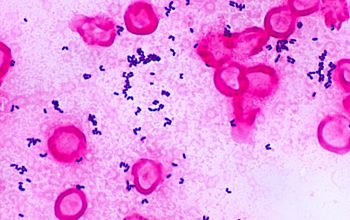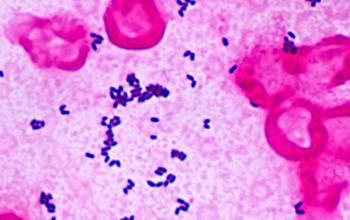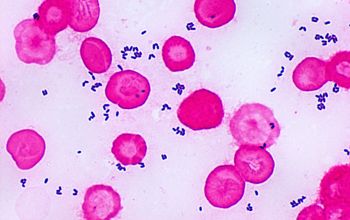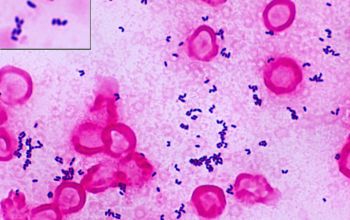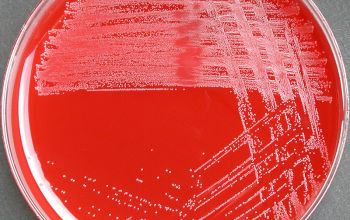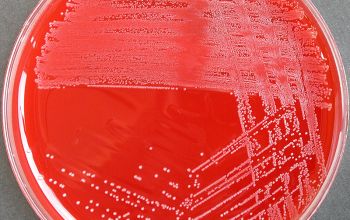Corynebacterium urealyticum
-
General information
The pathogenic potential of coryneform bacteria has been underestimated
Taxonomy
Family: Corynebacteriaceae
Natural habitats
They are part of the normal biota of the skin.
Clinical significance
C. urealyticum is one of the relatively frequently isolated clinically significant corynebacteria in clinical specimens.
They are strongly associated with urinary tract infections. Recovery of this bacterium is often associated with urine with an alkaline pH, resulting in struvite crystals.
C. urealyticum bacteriuria occurs mainly in patients hospitalized for a long period, who are severely immunocompromised, urological manipulated, and elderly.
Recovery of the organism from urine does not always signify UTI, however, they are frequent colonizer of the skin of hospitalized patients with or without UTIs.
They have been considered an infrequent cause of infections other than UTI, including endocarditis, bacteremia, osteomyelitis, soft tissue infection, and wound infections.
-
Gram stain
Gram positive rods,
irregularly shaped (‘coryneforms”), they are arranged as single cells, in pairs, in V forms, in palisades, or in clusters with
a so-called Chinese-letter appearance.
Club-shaped rods are observed in true members of the genus Corynebacterium only
-
Culture characteristics
-
Obligate aerobic
BA: colonies are pinpoint (lipophilic), convex, smooth, and whitish gray.
Lipophilic
bacteria (fat-liking bacteria) are bacteria that proliferate in lipids.
Good growth is observed with broth supplemented with 1% Tween 80
McConkey: no growth
BBAØ: no growth
-
-
Characteristics
-
References
James Versalovic et al.(2011) Manual of Clinical Microbiology 10th Edition
Karen C. Carrol et al (2019) Manual of Clinical Microbiology, 12th Edition
Clinical Microbiology of Coryneform Bacteria Guido Funke Clin Microbiol Reviews, jan 1997

